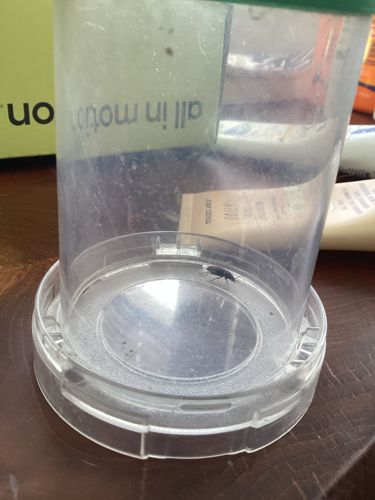Small Black Beetle
Scientific Name: Too indistinct to determine specific species from image; likely a member of 'Tenebrionidae' or 'Chrysomelidae'
Order & Family: Order: Coleoptera, Family: Likely Tenebrionidae (Darkling beetles) or Chrysomelidae (Leaf beetles)
Size: Given the image, approximately 2-5 mm, but size can vary greatly within these beetle families.

Natural Habitat
Depends on the specific species; generally found in a wide variety of habitats including forests, fields, gardens, and sometimes indoors (pantry pests). Some prefer damp places, others dry.
Diet & Feeding
Diet varies significantly by species. Darkling beetles are often scavengers, eating decaying plant matter, fungi, and sometimes stored grains. Leaf beetles typically feed on plant foliage, roots, or flowers of specific host plants.
Behavior Patterns
Beetles exhibit varied behaviors. Many are nocturnal, while others are active during the day. They often respond to light and might be attracted indoors. Some species are solitary, others can be found in groups, particularly if they are feeding on a host plant or stored product. Larvae are often found in the soil or within their food source.
Risks & Benefits
Potential risks often involve being a pantry pest if it's a stored product beetle, damaging crops if it's a leaf beetle, or simply being a nuisance by their presence. Benefits can include decomposition of organic matter (darkling beetles), or serving as a food source for other animals. Generally, 'nuisance' is a common outcome for humans encountering these small generalist beetles indoors.
Identified on: 10/3/2025